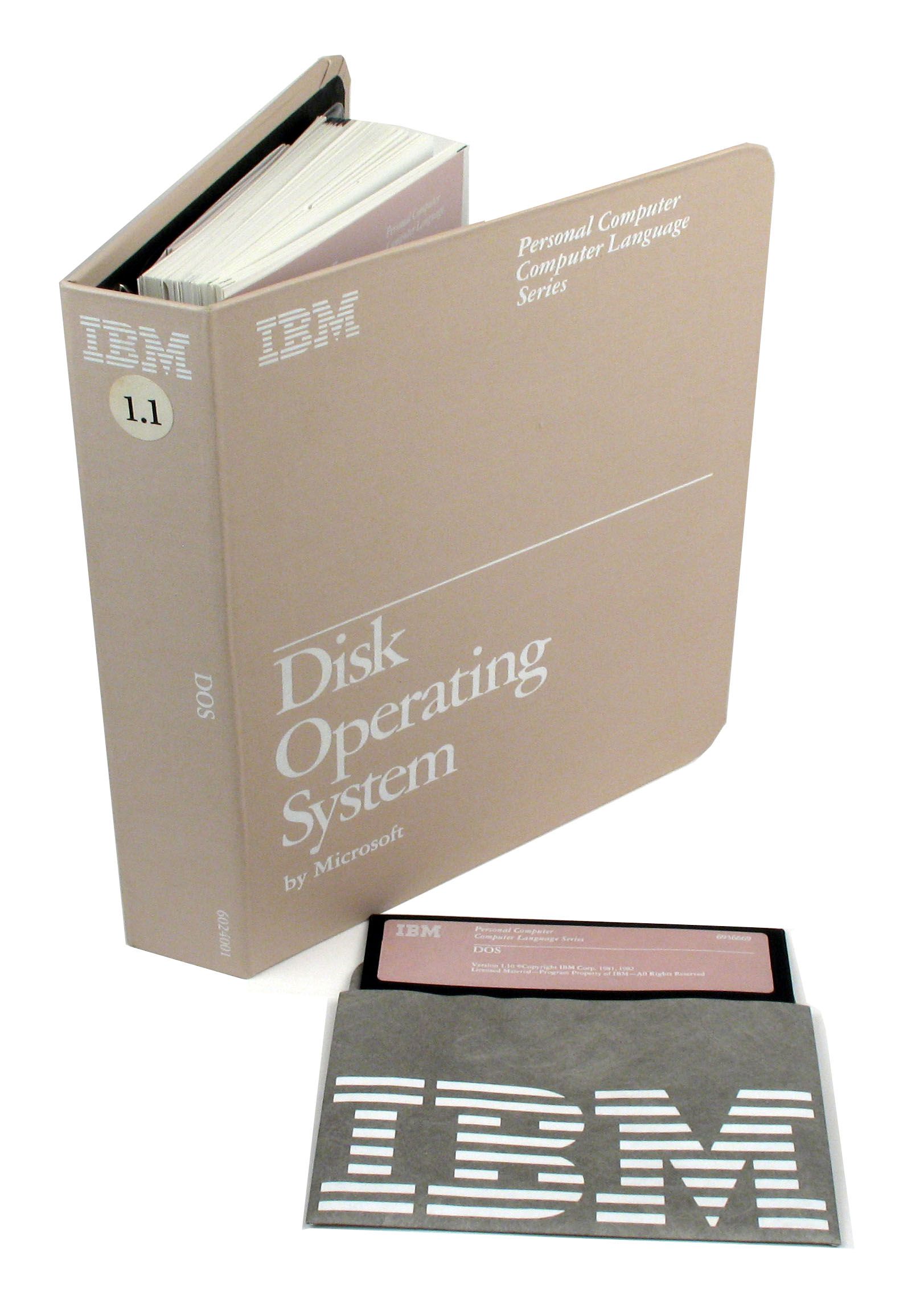

|
15292
SPRING 2016
|


Due: Friday, March 3 by 10:30AM
In 1981, IBM released its answer to the Apple II, the IBM PC, to get itself into the personal computing business. The core of the PC was its operating system, PC-DOS, and a computer language for program, IBM BASIC, both made by Microsoft. Microsoft would later part ways with IBM to launch its own stand-alone operating system, Windows 95. Microsoft would finally replace IBM as the top computing company in the world.
In this assignment, you will use an IBM PC emulator to edit and run a BASIC program in the manner as it was done in the 1980s. For more about the story of the first release of PC-DOS, visit the OS/2 Museum.
ASSIGNMENT:
Launch the IBM PC emulator from here:
Once the emulator starts, you should select PC-DOS 1.10 from the bottom menu and click Download. You will get a warning dialog box and you can click OK. This should "reboot" your "PC" with the 1.1 version of the operating system. (It is simulating that you put the PC-DOS 1.1 diskette in the disk drive.)
When the "PC" reboots, you should see a prompt to enter a date and time. Go ahead. Try it out and see what it does if you enter years in the 2000s. (Be sure to click inside the emulator or the keyboard might bind to other functions on the webpage.)
You should eventually get a prompt
A>waiting for you to enter an operating system command. Type DIR to see a listing of what's on the disk. Take a screen shot (#1) of the result to show that you were able to do this. You should see executable files (.COM, .EXE) and BASIC program files (.BAS). In a text file README.txt on your OWN computer, list the executable programs and one sentence describing what each does. For some help, here's a link to the PC-DOS 1.1 documentation archived from the web:
IBM PC-DOS 1.1 Manual (NOTE: Don't just copy the text verbatim.)
Your overall goal is to get a simple BASIC program to run on your simulated IBM "PC". During the late 1970s and throughout the 1980s, many books and magazines published BASIC programs for people to enter into their computers to play games and perform simple business tasks. Here is a link to a set of programs published in 1978 edited by David H. Ahl titled Basic Computer Games: Microcomputer Edition .
You should use the built-in text editor to enter one of these programs of your choice into your "PC". PC's came with a really simple (and painful) editor called EDLIN. Use the documentation to learn how to use EDLIN and enter your BASIC program using the editor. As you work, take at least 5 screen shots (#2 - #6, more is ok) to demonstrate that you are using the editor properly to enter the program. Once it is entered, "save" it on your "PC" and exit out of the editor. Use the DIR command to list your files and take a screen shot to show that the file is on your "PC" diskette.
Next, start a BASIC interpreter (the PC comes with two, make sure you distinguish the two in your README.txt file). Load your BASIC program into the interpreter, taking another screen shot (#7, or higher if you took more shots earlier). Finally, run your program and take a short video to show it running. You're done! To exit the BASIC interpreter, use the SYSTEM command.
For help with IBM BASIC, here is an archive on the web of the original BASIC 1.1 manual:
EMBELLISHMENTS
Write your own BASIC program(s) to solve something interesting to you or take the same program and edit it to do something more interesting. Note: Do NOT just copy another program from the book or another source on the web. Take additional screen shots (number them appropriately, in numerical sequence) and include a short video of the execution of the additional program or embellishment. In your README.txt file, be sure to document what you are doing so we know how to evaluate your work.
SAVING YOUR "MACHINE"
Once you're done, you can save your machine by clicking the "Save Machine" link at the bottom left of the IBM PC display. This should bring up a dialog box that says that a new tab/window will appear with the PCjs script. Save this file with the name pc.js on your computer. You will submit this file with the other images and files. (We should be able to load this file to look at your work and run your program.)
WHAT TO HAND IN
Your zip file that you hand in should contain your README.txt file explaining the executable files (.COM, .EXE) that are on the PC-DOS 1.1 "DISK". You should also include screen shots that show your work as you play with the emulator:
Assignments will be graded out of 100 points. For maximum credit (100 points), we expect that your program will contain one significant embellishment beyond the basic requirements of the assignment. Assignments that meet the basic requirements will receive 90 points.
Programs may be handed in up to 24 hours late with a 20% penalty.
Text-based adventure games were all the rage in the 1980s before graphics displays and hardware became sophisticated enough to handle the computational games of our modern games. Try out one of the most popular early text games for fun: Zork!
http://www.pcjs.org/disks/pcx86/games/infocom/zork1/
MORE FUN: The pcjs website has a PDP-11 simulator! Fun for Spring Break!